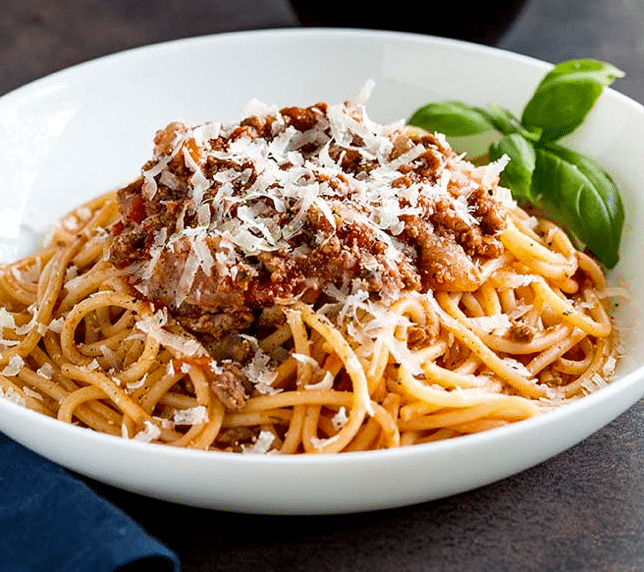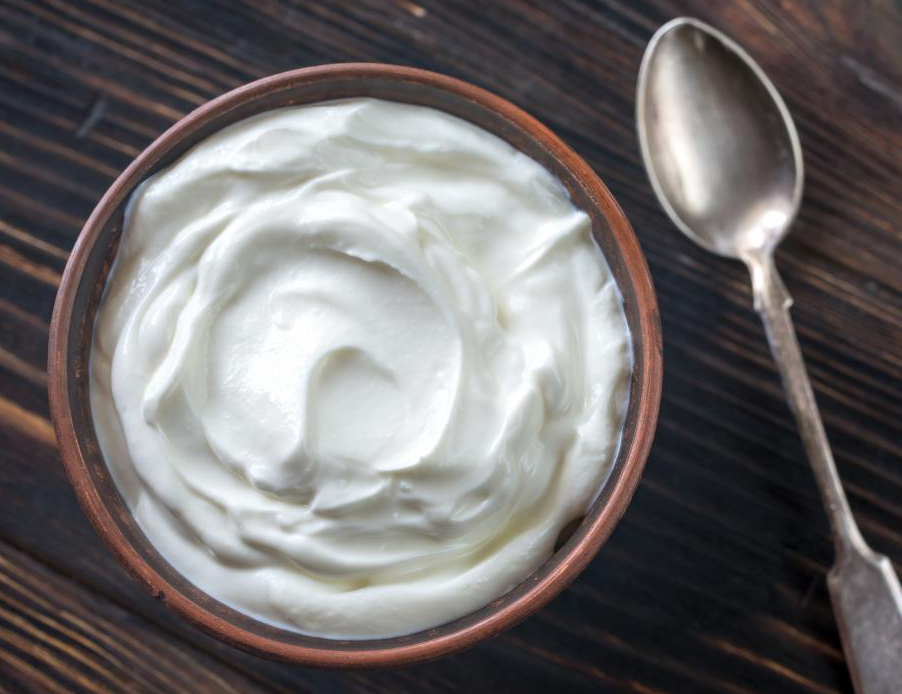
The Legendary Origins of Pasta Bolognese
Pasta Bolognese, also known as “Ragù alla Bolognese,” is an iconic Italian dish that has captured the hearts and taste buds of people all over the world. Originating from the vibrant city of Bologna in the Emilia-Romagna region of Italy, this rich and savory pasta sauce has a history that stretches back centuries. Its roots can be traced to the 18th century, when a cookbook by Pellegrino Artusi, titled “Science in the Kitchen and the Art of Eating Well,” first documented the classic recipe. Since then, Pasta Bolognese has become a staple in Italian cuisine and a symbol of comfort and culinary excellence.
The original Bolognese recipe was simpler than the one we know today, mainly consisting of a meat-based sauce with onions, carrots, celery, and wine. Over the years, the recipe evolved and incorporated tomatoes, which were brought to Europe from the New World in the 16th century. This addition gave the sauce its vibrant red color and a subtle sweetness that balanced the richness of the meat.
The Perfect Harmony of Ingredients
What sets Pasta Bolognese apart from other pasta sauces is its harmonious blend of ingredients. At its core, the sauce features a flavorful combination of ground meat, tomatoes, onions, carrots, celery, and aromatic herbs. The key to achieving the perfect Bolognese lies in the slow and careful cooking process, allowing all the flavors to meld together and develop a deep, rich taste. While there are many variations of the recipe, the best one always maintains the essential elements that make this dish a timeless classic.
The meat used in Bolognese is crucial to its character. A mixture of ground beef and pork is traditionally used, each contributing its unique flavor and texture to the sauce. The beef adds a hearty and robust taste, while the pork brings a delicate sweetness. Some modern variations may include veal or pancetta, which further enhance the depth of flavors.
The Art of Slow Cooking
One of the most crucial aspects of making the best Pasta Bolognese is mastering the art of slow cooking. Unlike quick pasta sauces, which can be whipped up in a matter of minutes, Bolognese requires patience and dedication. The traditional method involves simmering the sauce on low heat for several hours, allowing the flavors to intensify and the ingredients to break down. The result is a velvety, meaty sauce that clings lovingly to the pasta, creating a truly indulgent experience for the palate.
The slow cooking process allows the meat to tenderize and release its natural juices, which then meld with the vegetables and herbs to create a rich and complex sauce. As the Bolognese simmers gently on the stovetop, the aroma that fills the kitchen is enough to make anyone’s mouth water with anticipation.
A Symphony of Flavors
In the realm of pasta sauces, Bolognese stands tall as a symphony of flavors. The combination of the savory meat, the tangy sweetness of tomatoes, the earthy notes of vegetables, and the aromatic herbs creates a delightful medley that dances across the taste buds. The umami-rich meat, often a blend of beef and pork, adds a hearty and satisfying element to the sauce. The subtle hint of wine and milk helps balance the acidity of the tomatoes, while the mirepoix trio of onions, carrots, and celery provides depth and complexity to the dish.
The herbs used in Bolognese play a crucial role in elevating the flavors to new heights. While dried oregano and basil are commonly used, some recipes call for fresh herbs such as thyme or rosemary, which infuse the sauce with an additional layer of fragrance.
Perfect Pairings
Pasta Bolognese is famously paired with tagliatelle, a type of ribbon-like pasta, in its hometown of Bologna. The wide surface area of tagliatelle allows the thick sauce to cling to every strand, ensuring that each bite is a burst of flavor. However, Bolognese is a versatile sauce that can be paired with a variety of pasta shapes. Spaghetti, rigatoni, fettuccine, and pappardelle all make excellent companions for this delectable sauce. For those seeking a lighter option, Bolognese can even be served with zucchini noodles or other vegetable-based alternatives.
In Italy, Bolognese is traditionally garnished with a generous sprinkling of grated Parmesan cheese, which adds a nutty and salty element that complements the sauce perfectly. Freshly chopped parsley is often added as a finishing touch, not only for its vibrant color but also for the subtle freshness it imparts.
A Dish to Delight All
Pasta Bolognese is more than just a meal; it is a culinary experience that warms the heart and soul. Its comforting and satisfying nature makes it the perfect dish for family gatherings, special occasions, or a simple weeknight dinner. As the aroma of the slow-cooked sauce fills the kitchen, it beckons everyone to gather around the table, ready to savor each mouthful. Its popularity around the world is a testament to its universal appeal, as it transcends cultural boundaries and brings people together over a shared love of good food.
The allure of Pasta Bolognese lies not only in its taste but also in the memories and emotions it evokes. For many, it is a dish that brings back nostalgic feelings of home-cooked meals, of laughter and togetherness around the table. It is a dish that has been passed down through generations, with each family adding its unique touch to the recipe, making it a true representation of the joy of cooking and sharing.
Tips for Crafting the Perfect Pasta Bolognese
Crafting the perfect Pasta Bolognese may require time and patience, but the results are well worth the effort. Here are some tips to ensure your Bolognese is nothing short of extraordinary:
- Use high-quality ingredients: Opt for fresh, high-quality meat, tomatoes, and herbs to create a more authentic and flavorful sauce.
- Cook low and slow: Allow the Bolognese to simmer on low heat for at least a couple of hours to let the flavors meld together and develop a richer taste.
- Brown the meat well: Achieve a deep, caramelized flavor by browning the meat thoroughly before adding other ingredients.
- Balance the acidity: The addition of milk helps balance the acidity of the tomatoes, creating a smoother and creamier sauce.
- Taste and adjust: Taste the sauce throughout the cooking process and adjust the seasonings as needed to suit your preferences.
- Freeze for later: Bolognese sauce freezes well, making it a perfect make-ahead option for busy days or planned dinners.
The Absolute Best Pasta Bolognese Recipe
Ingredients:
- 500g ground beef
- 250g ground pork
- 1 large onion, finely chopped
- 2 carrots, finely chopped
- 2 celery stalks, finely chopped
- 4 garlic cloves, minced
- 800g canned crushed tomatoes
- 1 cup beef or chicken broth
- 1 cup whole milk
- 1 cup dry red wine (read our article Deliciously Versatile: 12 Substitutes for Red Wine in Bolognese Sauce)
- 2 tablespoons tomato paste
- 2 tablespoons olive oil
- 2 bay leaves
- 1 teaspoon dried oregano
- 1 teaspoon dried basil
- Salt and pepper to taste
- Grated Parmesan cheese, for serving
- Fresh parsley, chopped, for garnish
Instructions:
- In a large, heavy-bottomed pot or Dutch oven, heat the olive oil over medium heat. Add the onions, carrots, and celery, and sauté until softened and lightly browned.
- Add the garlic and sauté for another minute until fragrant.
- Increase the heat to medium-high and add the ground beef and pork. Cook, breaking up the meat with a wooden spoon, until browned and cooked through.
- Pour in the red wine and cook for a few minutes until most of the liquid has evaporated.
- Stir in the crushed tomatoes, beef or chicken broth, tomato paste, bay leaves, oregano, and basil. Season with salt and pepper to taste.
- Reduce the heat to low, cover the pot, and let the sauce simmer for at least 2 hours, stirring occasionally. For the best results, let it cook for up to 4 hours, allowing the flavors to meld together.
- About 30 minutes before the sauce is ready, pour in the milk and continue simmering.
- While the sauce is simmering, prepare your favorite pasta according to the package instructions until al dente.
- Once the sauce has reached the desired consistency, remove the bay leaves, and adjust the seasoning if necessary.
- Toss the cooked pasta with the Bolognese sauce until well-coated.
- Serve the Pasta Bolognese hot, garnished with grated Parmesan cheese and fresh parsley.
Conclusion:
Pasta Bolognese is more than just a dish; it’s a culinary masterpiece that embodies the essence of Italian comfort food. Its legendary origins, the perfect harmony of ingredients, and the art of slow cooking all contribute to making it a cherished classic. Whether shared with family or enjoyed solo, the delightful flavors and hearty texture of Pasta Bolognese are sure to leave a lasting impression on anyone lucky enough to savor this timeless dish. So, next time you find yourself craving a comforting and delicious pasta experience, channel your inner Italian chef and embark on the journey of making your very own Pasta Bolognese masterpiece. Buon Appetito!










Leave a Reply